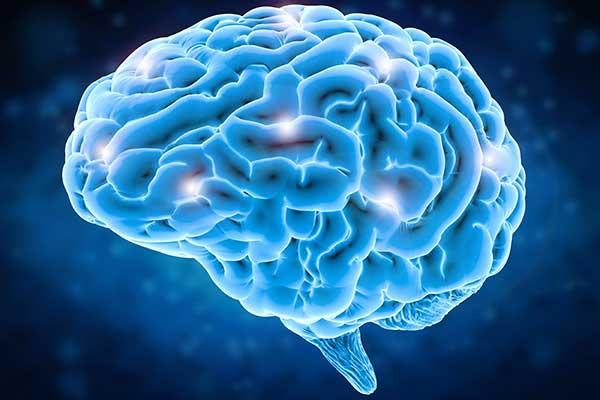How Brain Cells Are Connected

Connecting brain cells is like putting together wires for the world’s fanciest computer. The brain is one of the most complex organs in an animal’s body. It is responsible for interpreting the environment an animal is in. It regulates hunger, sleep, and thirst. Damage to even a few brain cells can be devastating.
Why is that?
In the early days of neuroscience, people learned that brain cells, or gray matter, were connected by other tissue, called white matter.
Korbinian Broadman discovered that different sections of the brain had varying appearances and numbered all of the ones he could find. He theorized that the different sections corresponded to different brain functions.
Studies of damaged brains, and later, brain imaging techniques, proved this was correct.
See also: 3 Bad Habits You Need to Break to Keep Your Brain Healthy.
The reason Broadman’s areas look different is because of the ways gray matter and white matter are set up.
Each area has its own function and is organized in its own unique way. It would be impossible for every brain cell to connect to every other brain cell. A pond snail has eleven thousand neurons, and a human has one thousand billion. Instead, each brain cell is connected to a few brain cells around it.
How Electrical Signals Travel Through The Brain
Electrical signals travel between brain cells by moving through white matter. To travel to different sections of the brain, a signal moves from a specialized cell to a “hub cell” connecting all of the specialized cells in the area. The hub cell sends it to other sections of the brain.
Think of this process like an airline’s route map.
Very few people want to go from Lima, Peru to Chicago, U.S.A. No airline would make a direct flight between these two places.
A person can still travel between these two cities by taking multiple flights connected by bigger airports. The small airports are like specialized cells, and the big airports are the hub cells.
Study of Brain Connections
The study of connections between brain cells is called connectomics.
Scientists in this field study the brain’s connections with as much detail as possible. Advances in technology have enabled these scientists to study the brain’s connections using a modified MRI machine.
Projects like the Human Connectome Project aim to fully understand how the brain is wired. Though there is not a complete understanding of the way the brain connects, the neuroscientific community is always learning.




